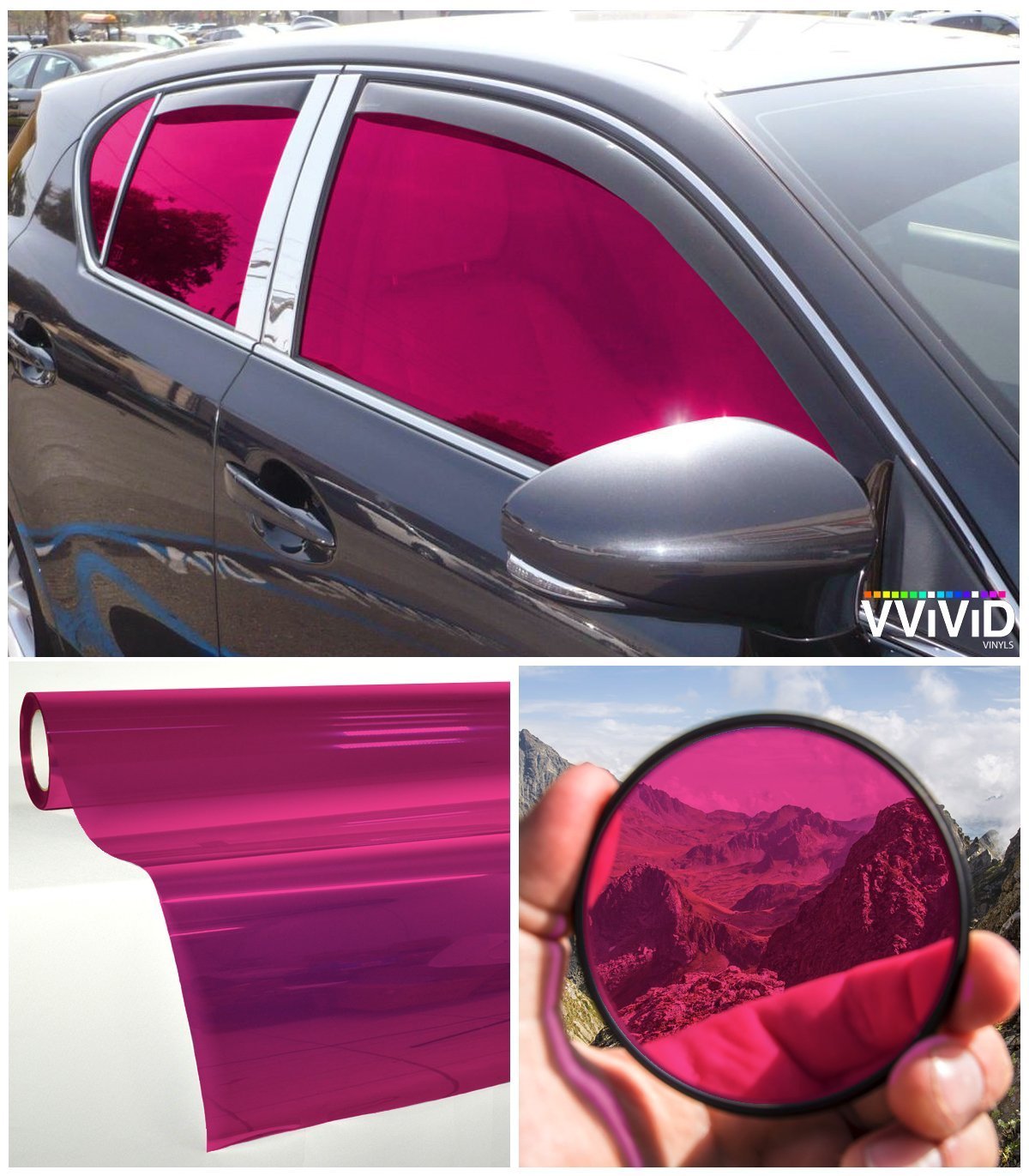Window Tinting for Homes: Improve Energy Efficiency and Privacy with Style
Home Window Tinting Rules: What You Required to Know Before Tinting Your Cars And Truck
Comprehending window tinting regulations is vital for any type of automobile owner taking into consideration tinting their vehicle. As you ponder boosting your automobile's appearance and capability, it is vital to comprehend not only the lawful implications but likewise the sensible factors to consider that come with choosing the right color.
Significance of Understanding Tint Regulations
Recognizing home window tinting regulations is vital for lorry proprietors to guarantee compliance with state policies. These legislations determine the allowable degrees of tint darkness and reflectivity, which can dramatically differ from one territory to one more. Falling short to adhere to these policies can cause penalties, necessary removal of the tint, and potential complications throughout automobile inspections.
Additionally, recognizing these laws helps car owners make informed decisions about their tinting options. Various kinds of home window movies offer various benefits, such as UV security, heat rejection, and glare reduction. Without expertise of the lawful limits, vehicle proprietors run the risk of picking items that may inevitably lead to lawful problems.
In addition, awareness of tinting regulations promotes a much safer driving environment. window tinting. Excessively dark colors can hinder visibility, raising the threat of accidents, specifically during the night or in adverse climate condition. Police additionally use these guidelines to ensure roadway safety, making conformity not just an individual obligation however a legal responsibility
State-Specific Tint Laws
Each state in the U.S. has established its own certain regulations pertaining to home window tinting, reflecting a diverse selection of requirements and needs. These policies can differ considerably, influencing just how car proprietors come close to installation and compliance. For example, some states permit darker tints on back home windows while enforcing stringent restrictions on front-side windows.
Additionally, guidelines often specify permitted color products and colors. Particular states ban reflective tints completely, while others might permit them to a limited degree. Additionally, some jurisdictions mandate that lorries with tinted windows display a sticker showing compliance with state legislations, supplying a clear recognition for legislation enforcement.
Enforcement of these laws additionally varies; some states are more proactive, performing random checks, while others depend on grievances or visible violations to initiate enforcement. Automobile owners ought to be conscious that failure to follow state-specific tint regulations can lead to penalties, necessary removal of illegal tints, or both.

Legal Tint Percentages
Determining the legal color percentages is crucial for vehicle proprietors looking for to abide with state policies. Each state has certain laws governing just how much light has to pass via the windows of an automobile, which is revealed as a percentage known as Noticeable Light Transmission (VLT) This percent varies substantially across states and can depend on the kind of window-- front side, rear side, and windshield.
For example, some states enable as little as 20% VLT on front side home windows, while others may permit as much as 50%. Windscreen tinting is typically much more limited, with lots of territories enabling only a slim band of tint at the top of the Homepage windscreen. On the other hand, back home windows generally have more forgiving policies, with some states allowing darker colors.
It is vital for vehicle proprietors to familiarize themselves with their neighborhood laws to avoid possible legal concerns. This includes understanding just how VLT is measured, as it can differ based upon the kind of home window movie utilized. Staying informed regarding these regulations makes sure conformity and promotes secure driving problems for both the vehicle proprietor and others on the road.
Repercussions of Non-Compliance
Falling short to stick to window tinting laws can lead to considerable repercussions for automobile proprietors. Policemans educated to recognize prohibited tint levels might provide penalties, which can differ by jurisdiction however often vary from modest to substantial amounts.

Insurance policy firms might additionally impose penalties for non-compliance, as illegal adjustments can be viewed as a breach of policy terms. This might impact protection rates or bring about complications in insurance claims if an event occurs.
Inevitably, the repercussions of non-compliance expand beyond instant punitive damages; they can influence a chauffeur's insurance rates, lawful standing, and overall lorry worth, emphasizing the value of adhering to regional home window tinting regulations.
Tips for Finding Tinting Options
When picking home window tinting options,Understanding the implications of non-compliance highlights the relevance of making informed choices. To start with, familiarize on your own with your state's certain legislations relating to color darkness and reflectivity. Each state has one-of-a-kind policies that determine the acceptable limits, so ensure you remain within these more information standards to stay clear of fines.
Secondly, consider the kind of color product. Options include dyed, metalized, and ceramic tints, each offering differing levels of warmth rejection, UV defense, and durability. As an example, ceramic colors provide remarkable warmth resistance without conflicting with electronic gadgets, making them a prominent selection.
Furthermore, examine your primary purpose for tinting. If you seek enhanced privacy, choose for darker tints; nevertheless, maintain in mind that this may impact visibility in the evening. On the other hand, if glow reduction and UV defense are your main problems, lighter colors might be sufficient.
Lastly, talk to a professional installer who is educated concerning neighborhood laws and can suggest top quality products matched to your demands (window tinting). Taking these factors right into account will certainly ensure you make a knowledgeable decision, inevitably boosting both your vehicle's visual appeals and functionality
Final Thought
In verdict, experience with window tinting regulations is important prior to applying color to a car. By recognizing legal requirements and choosing appropriate tint products, vehicle proprietors can achieve visual enhancement while continuing to be certified with relevant regulations.
Understanding home window tinting regulations is crucial for any automobile owner thinking about tinting their auto.Comprehending home window tinting regulations is important for click this link vehicle owners to make sure conformity with state regulations. Some states enable darker tints on back windows while imposing stringent restrictions on front-side home windows.
In contrast, rear windows typically have much more forgiving regulations, with some states permitting darker tints. (window tinting)
In final thought, knowledge with window tinting regulations is vital prior to using color to a lorry.